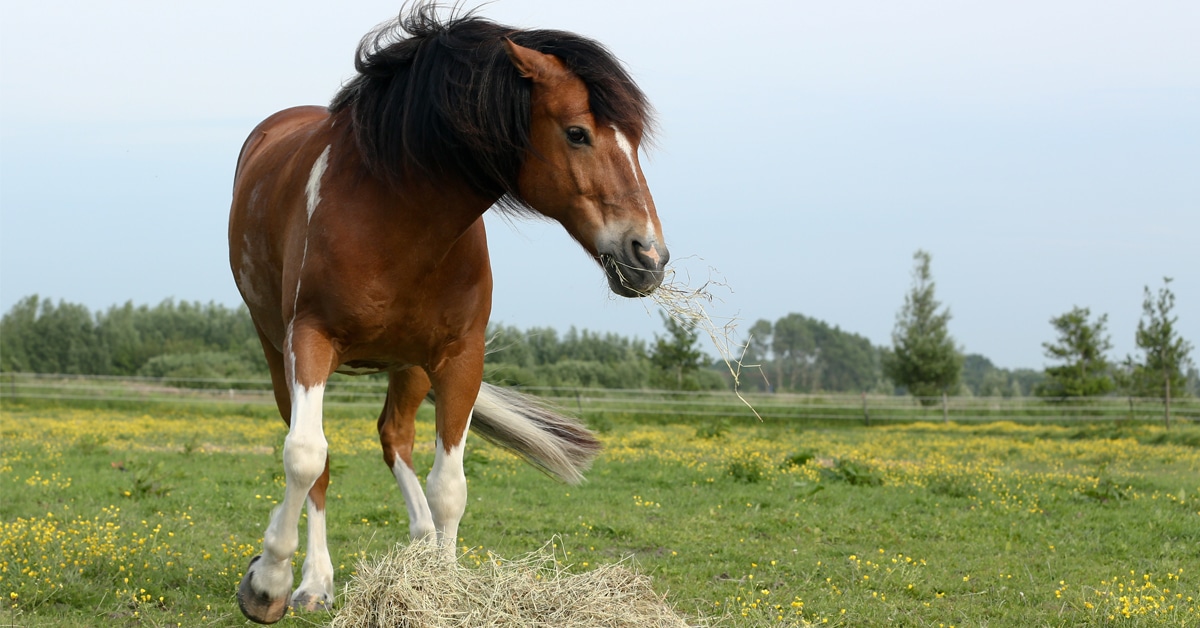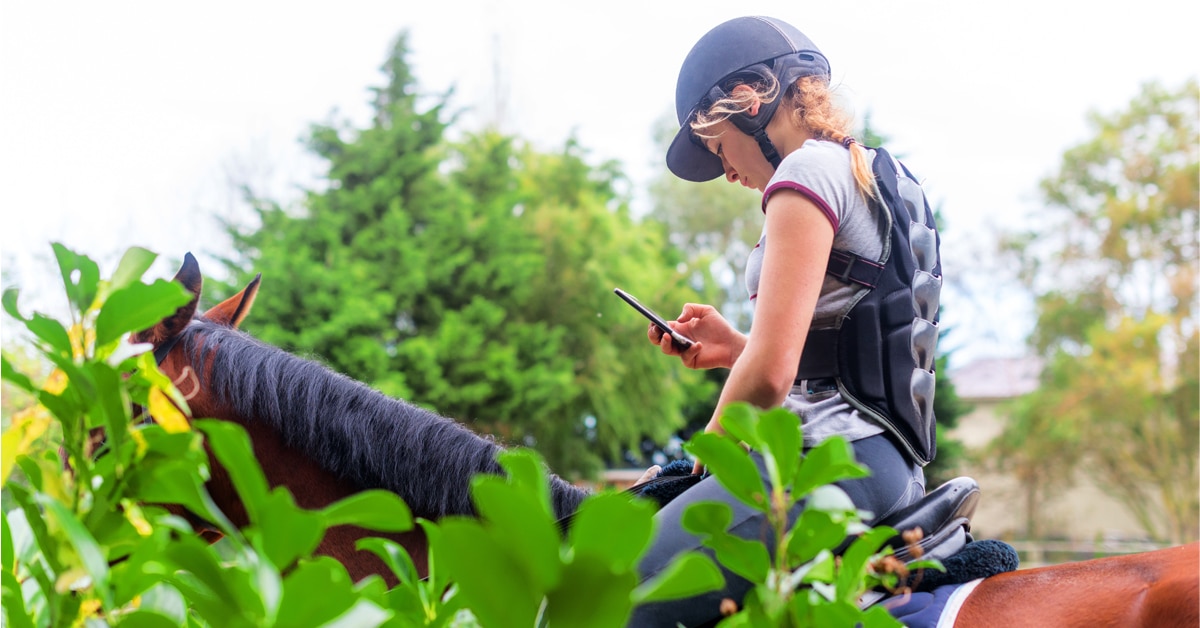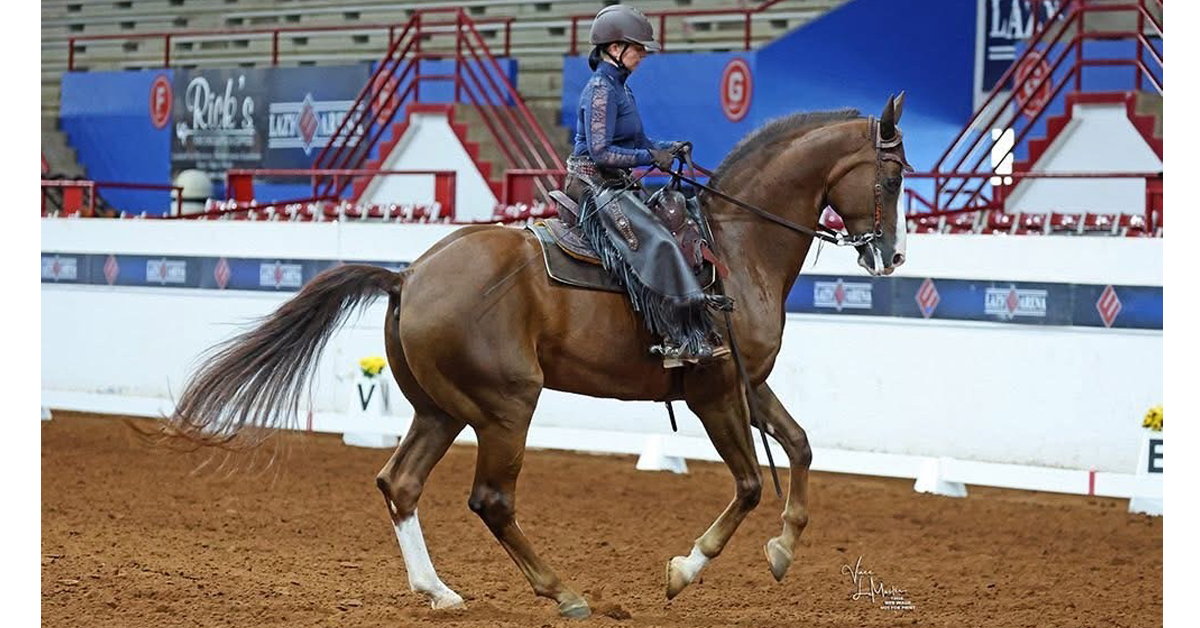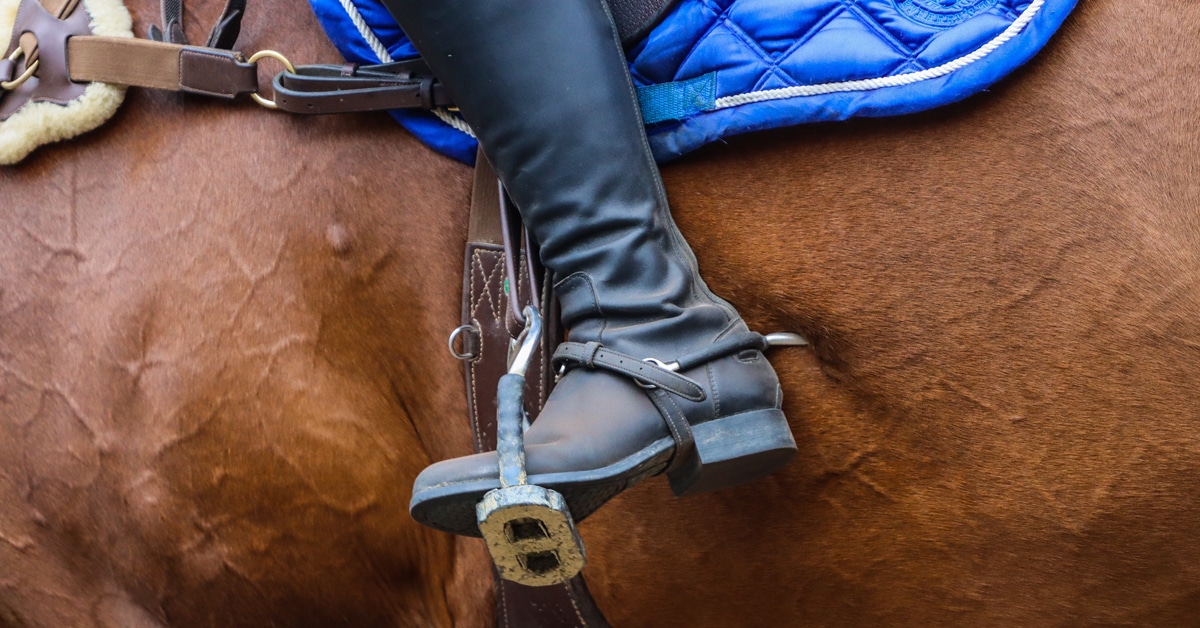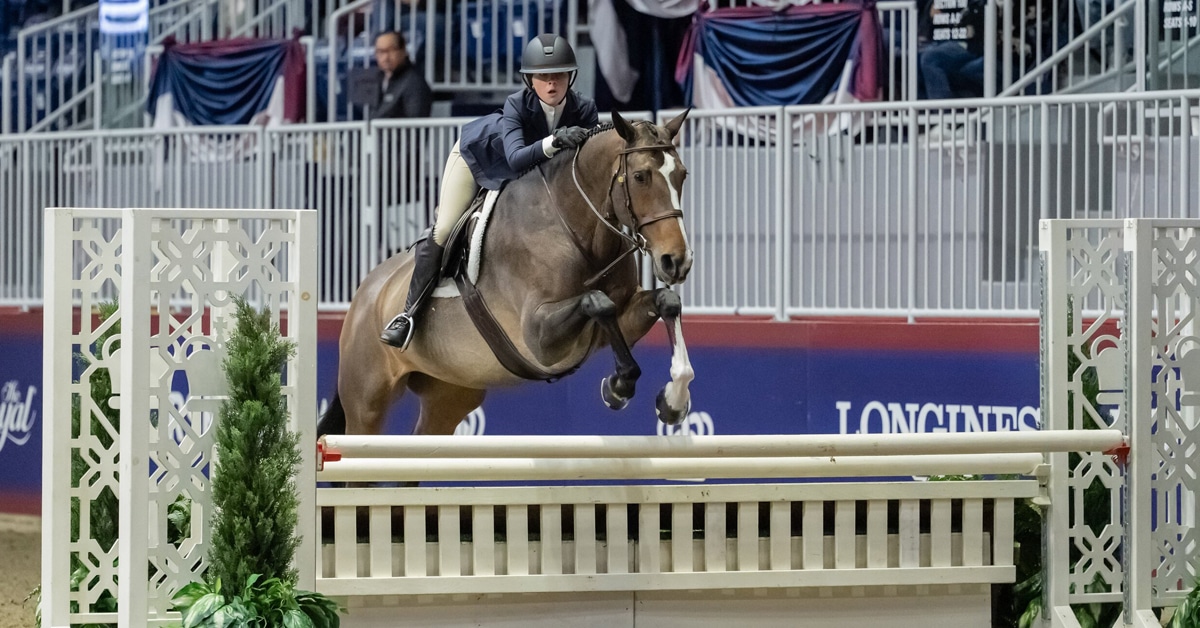Researchers at the University of Guelph and Dijon, France, looked at how horses responded to tactile stimulation during human-horse interactions in both consensual and non-consensual situations. Their findings were presented at the 19th International Society for Equitation Science (ISES) Conference in New Zealand, in March, 2024.
Touch between humans and horses is a feature common to almost all equine-assisted services, although less is known about how horses perceive this tactile stimulation. This study aimed to assess the effect of three types of touching (patting, stroking, scratching) on three body locations (neck, body, hindquarters) of 10 therapy horses in consensual and non-consensual situations. All the horses involved were part of an equine-assisted service program for humans experiencing grief and were well-accustomed to being touched. Horse behaviour and heart rate (HR) were recorded.
Human participants ‒ 25 who were experienced with horses, and 24 who were not ‒ interacted individually with four horses in both treatment conditions while in a familiar round pen. During the non-consensual treatment, the horse was tethered for the duration of the 4.5-minute session and the participant was instructed to touch each body location with each type of touch, switching every 30 seconds. During the consensual treatment, the horse was loose in the pen and the participant, standing in the centre, was instructed to touch the horse only if the horse came within arm’s reach (which ended up being less than half the time). The control session consisted of the horse free in the round pen with no human present.
Horse HR was collected and horse stress-related behaviours were coded from video recordings. It was noted that:
- oral behaviours, restlessness, and tail swishing were higher during non-consensual (tethered) treatments than consensual (loose) treatments and control sessions;
- touch type and location on the body, respectively, had no influence on oral behaviours, restlessness, and tail swishing in either scenario;
- horse HR was higher during consensual compared to non-consensual treatment, although neither treatment differed notably from the control. (It is important to note that various factors including physical activity, such as being able to move freely inside the round pen, along with ambient temperature, can influence HR. As a result, an elevated HR should not be solely interpreted as a stress response.)
- horse HR was not influenced by touch type, location, or the participant’s horse experience (or lack thereof).
These results demonstrate subtle behavioural and HR differences in horses during consensual and non-consensual touch interactions, highlighting the importance for handlers to detect and lessen the incidence of stress-related behaviours in horses during EAS. Ultimately, the findings can be reflected in the guidelines of therapy horse organizations to minimize human risk of injury and ensure equine psychological well-being.
~ with files from International Society for Equitation Science
The Latest

